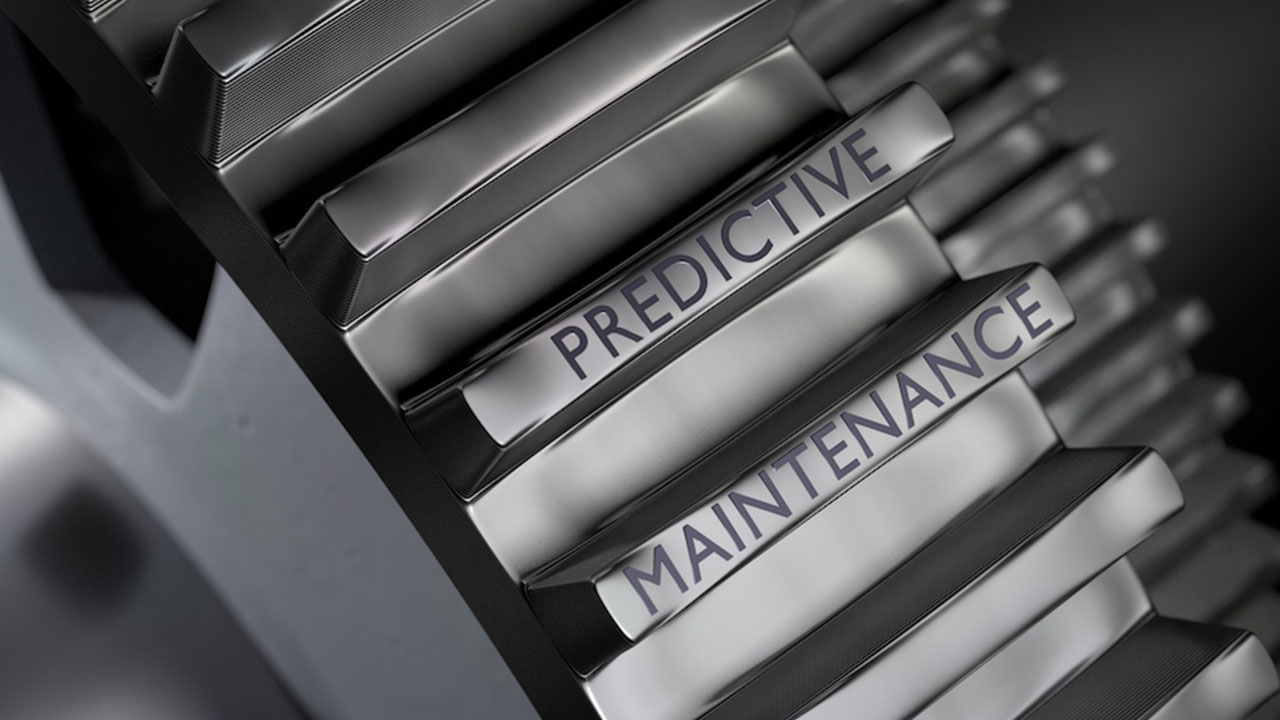Sep 01, 2023 by Mark Dingley
How much data does your manufacturing business create and capture every day? How could you use this to transform your manufacturing business?
Predictive analytics presents an exciting opportunity for manufacturers – not least to meet challenges head-on, such as global competition, increasing cost pressures, labour shortagesand the relentless need to bring better products to market faster.
It’s no wonder more and more manufacturers are waking up to the promise of AI and predictive analytics to drive efficiencies, growth and innovation.
This article explores how integrating predictive analytics can transform your manufacturing business.

Predictive analytics uses historical and real-time data with analytics techniques, such as machine learning and statistical modelling, to predict future outcomes. This empowers manufacturers to make informed decisions to reduce risks, improve processes, cut costs, and increase revenue.
Manufacturers have many data sources – machines, cameras, sensors, ERPs – but it’s not always been easy to bring those sources together and get a clear picture of what’s happening.
That’s what predictive analytics does. It allows you to break big data into bite-sized chunks, predicting future outcomes while showing what you can learn from past events, such as machine breakdowns or labelling errors.
It does this by using artificial intelligence and machine learning to explore historical data, identify patterns and work out what’s going to happen next.
According to Gartner, predictive analytics has four key elements:
So, rather than manually examining every single process and testing ideas, manufacturers can use predictive analytics to get focused and actionable insights, and then use those insights to make improvements that will make a quantifiable difference.
According to a research study, predictive analytics had a global market size of US$12.49 billion in 2022 and is projected to expand to US $38b by 2028.

How do you stop wasting time in manufacturing? It’s the big challenge faced by manufacturers. But, unfortunately, even investing in the best, most-advanced machines doesn’t guarantee your operations are as efficient as they should be.
Many different factors can contribute to reducing the overall efficiency of the line, such as poor installation, operator misuse or bad downtime scheduling.
Predictive analytics can provide a real-time understanding of how well manufacturing lines are operating – right down to the impact of a single machine. Combined with real-time insights from line performance OEE software, this helps manufacturers focus on driving efficiency, reducing waste and improving Overall Equipment Effectiveness (OEE).
The most-talked-about benefit of predictive analytics is maintenance. According to a study by the McKinsey Global Institute, implementing predictive maintenance in manufacturing will reduce factory costs by up to 40%.
It’s a simple fact that machines will eventually break down without maintenance. But how can you ensure the maintenance program is optimised for the machines to minimise the risk of unplanned downtime and reduce costs?
Predictive maintenance uses data analytics to identify and predict equipment failures, so you can schedule maintenance in a more cost-effective and time-efficient way and avoid the substantial costs of unreliable equipment. Most importantly, it will inform your operators if there’s an issue before it causes a problem that impacts productivity or, worse, causes downtime. Because uptime equals revenue, it’s rewarding to monitor equipment health and catch problems before they arise.
Predictive analytics can draw on data from the machine’s built-in sensors to monitor your equipment's health, and predict when the machine requires a service. For example, you can see how your equipment performs over time with trend reports, see emerging patterns and identify potential issues before they happen.
OEE software such as uses sensors on the production line to collect data and automatically feeds it into live dashboards and reports to measure your OEE, so you have immediate visibility and actionable insights to improve your machine health and productivity.

Predictive analytics can help you identify opportunities to manage your workforce better.
Not only can it help with demand scheduling, but it can also help manufacturers predict what skills and labour they’ll need in the future.
This opens the door to working with educators or upskilling or reskilling the current workforce to meet evolving labour needs.
By tracking performance, predictive analytics can help alert you to quality issues with your products, such as when processes may be out of tolerance or may yield quality problems.
For example, if there’s a quality issue with label printing, adjusting the printer earlier can significantly reduce or eliminate material waste, rework and costs.
You can proactively identify, prioritise and investigate potential product quality issues using data analytics. And because the data lets you examine problems more specifically, it reduces manual effort.
How can you better manage your equipment, resources and workforce for future demands? Predicting future demand puts manufacturers at a substantial competitive advantage by removing the guesswork.
For example, predicting demand according to seasonality and historic retail orders means manufacturers can plan, making sure that they gear up labour and resources to meet high demand and that they are not over-resourced for low demand.
It also helps improve the agility of supply chains and optimise inventory management, as you won’t need to hold products for longer than is necessary.
Predictive analytics can transform manufacturing businesses in many ways:
Learn more about how Matthews Australasia's solutions can help transform your manufacturing business. Talk to our experts.
